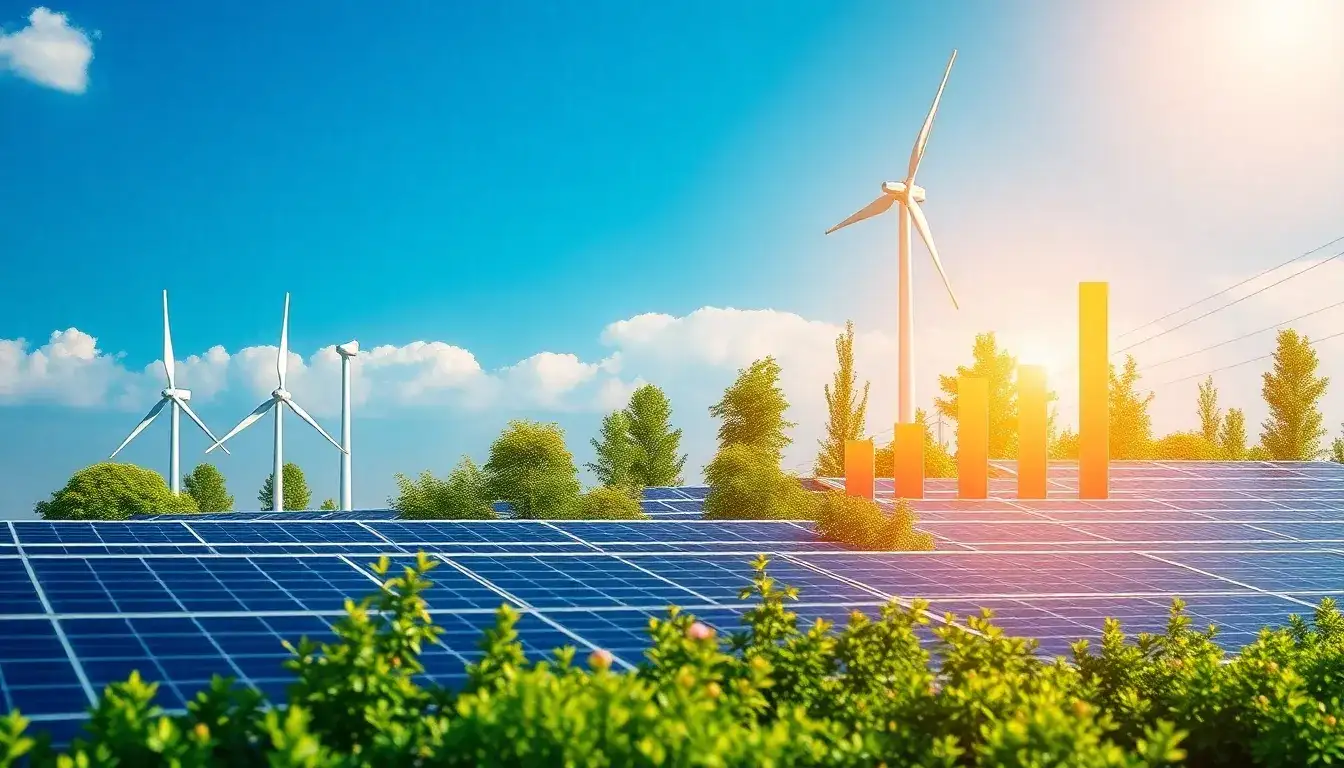
As of Q1 2025, the wind power manufacturing chain has shown a positive trend, with the New Energy ETF (159875) experiencing significant growth. On March 19, 2025, at 11:36 AM, the New Energy ETF reported a minor increase of 0.57%. The sector breakdown revealed that photovoltaic materials rose by 3.59%, while wind energy saw a 2.15% increase. In contrast, coal-based energy stocks saw declines, with notable declines in Jiangsu and Xinjiang’s new energy sectors.
The New Energy ETF (159875) has reached a trading volume of 1,449.94 million shares, indicating strong market activity. In the past month, the ETF’s trading volume was 2,538.52 million shares, reflecting an upward trend. Data suggests that the green capital continues to be distributed evenly.
The latest market capitalization of the New Energy ETF has reached 152.59 million shares, with its latest net asset value standing at 3,514.89 million shares. It is noteworthy that the fundamental valuation of the New Energy ETF has a price-to-book (PB) ratio of 2.2, and it has increased by 80.52% over the past five years, demonstrating significant valuation growth.
According to the National Bureau of Statistics, the new energy sector’s development remains robust. The demand for green energy continues to rise, supported by the global push for a low-carbon transition. In the last two months, production of new energy vehicles and battery materials has surged, showing increases of 47.7% and 37.5%, respectively, indicating a strong upward trajectory.
Furthermore, the recent data reveals that the wind power manufacturing chain is expected to produce and export significantly due to strong market demand and price increases in certain components. The New Energy ETF is projected to maintain this upward trend, fueled by continued investment in wind energy technology and infrastructure.
As of February 28, 2025, the New Energy ETF has shown a remarkable performance driven by sectors such as wind energy, solar power, and green energy initiatives, with an increase in net asset value of 43.51% reported earlier this year.
For more detailed insights and statistical analysis, you can visit the New Energy ETF App.







